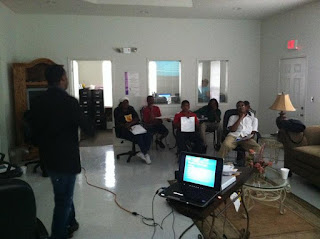Leading within a new organization

When entering into a new organization, a leader must examine the culture of the organization, set professional presence, continue the achievement of the organization’s mission and develop the organization through the development of its members. These elements seek to improve the function of the organization from an individual and collective viewpoint. This blog seeks to provide a greater understanding of these components. By examining the culture and dynamics of the organization, a leader can assume a more bias point to continue the mission of the organization and/or improve the effectiveness of its mission. By studying the culture of the group, it provides a layer of appreciation for the biased strengths, weaknesses, opportunities and threats of the organization. With this information, a recently joined leader may have a more objective point of view of the organization that may prove to be advantageous to the development of the group as whol





